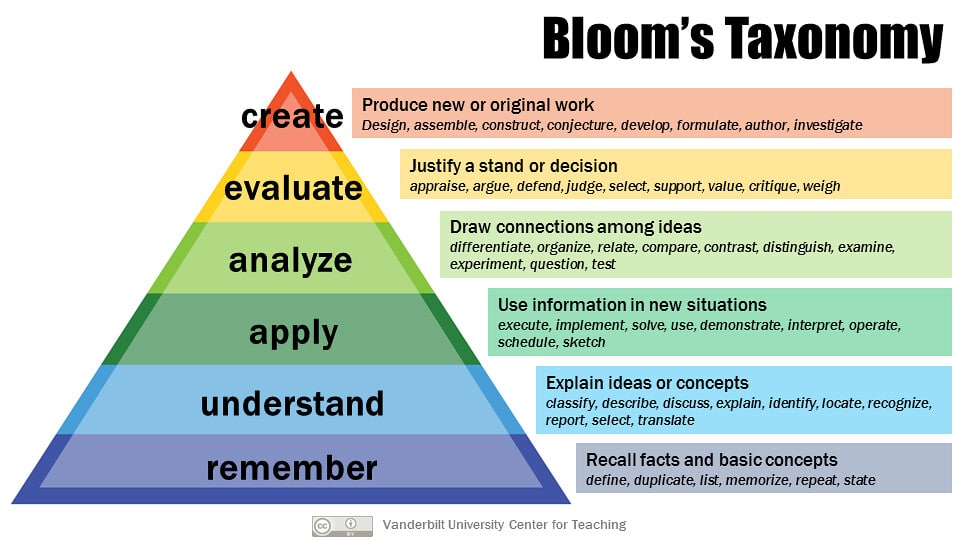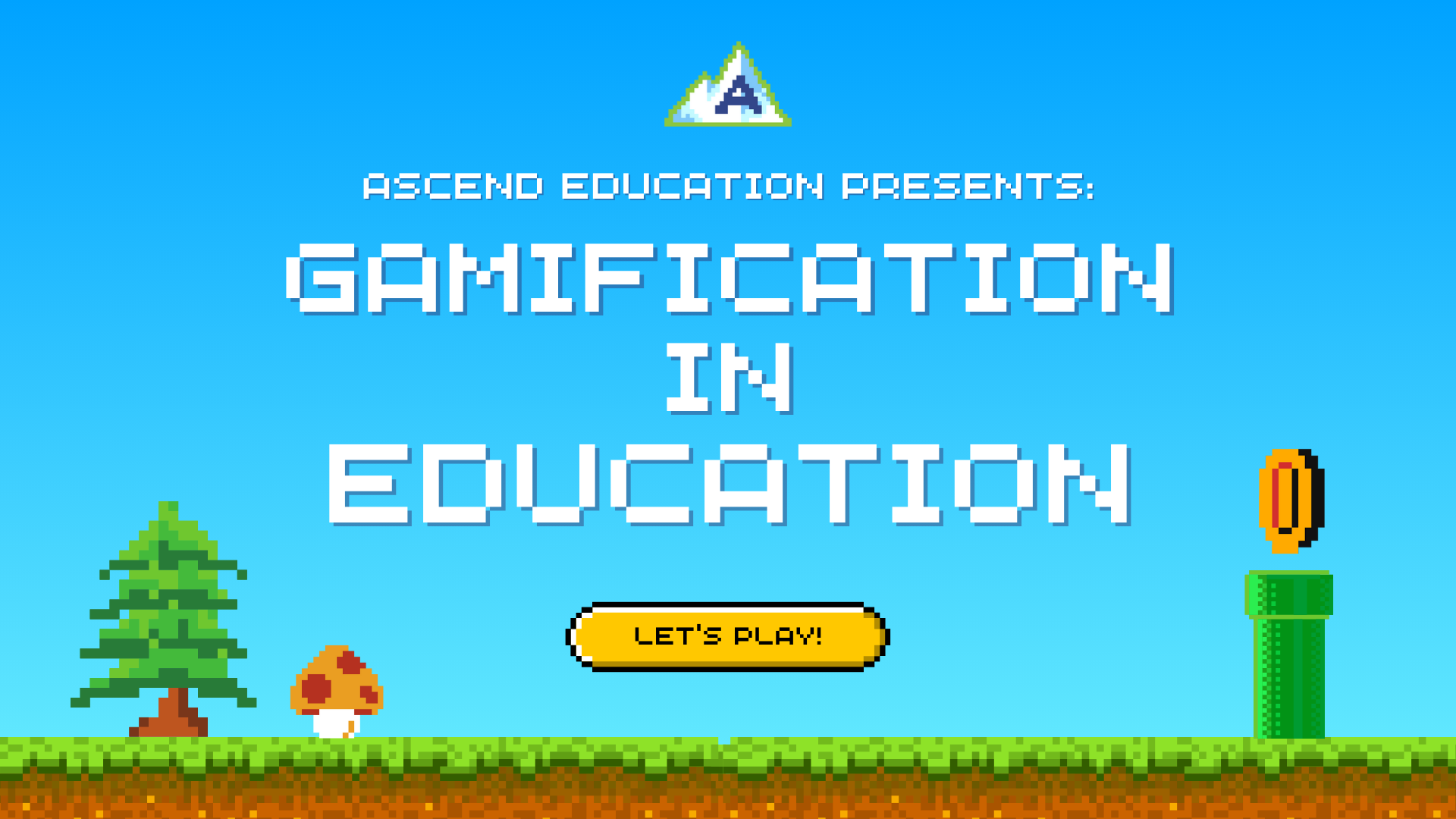Are you looking for innovative ways to boost student engagement in your classroom? If so, you’re not alone. Teachers around the world are turning to gamification and game-based learning as powerful tools to captivate students’ attention and enhance their learning experience.
What is the difference between gamification and game-based learning? How can you implement them effectively to help your students?
Keep reading for research-backed guidelines to improve student learning through gamification.
Part 1: Understanding Gamification vs. Game-Based Learning
Gamification and game-based learning are often used interchangeably, but they represent distinct approaches to integrating game elements into education.
Gamification involves applying game mechanics, such as competition, rewards, and challenges, to non-game contexts. This could mean adding elements of competition, timing activities, or offering points/prizes. To say it simply, you’re taking a non-game based activity and turning it into a game of sorts using one or more elements of a game.
On the other hand, game-based learning involves using games as the primary vehicle for teaching and learning. This could be through educational games designed specifically for teaching particular concepts or adapting existing games to serve educational purposes.
To dive deeper into the nuances between gamification and game-based learning, check out this insightful article: Game-Based Learning vs. Gamification
Part 2: Practical Tips for Implementation
So, how can you effectively incorporate gamification and game-based learning into your teaching practices? Let’s explore some actionable strategies from an article by Houghton Mifflin Harcourt. Their framework comes from research done by Dr. Nick Yee.
Action
Action is all about being actively engaged in doing something. Some games encourage continuous activity (think about the continual focus needed for games like Space Invaders or Pac-Man). This continuous activity sponsors active involvement from students and helps them to fully focus on the learning activity, cementing the lessons learned into their memory.
Try implementing action in your teaching by using teaching activities that require continual engagement. Whether in the form of a simulation, a timed activity, or game, these learning approaches have the potential to focus students who otherwise might tune out.
Social: Many games have social elements. Whether the gameplay itself is social, or the social aspect comes from discussion and sharing that happens outside of the game, human interaction is a key aspect of games that can be applied to the classroom.
When applying social game elements to the classroom, consider the full experience. HMH invites teachers to consider how even individual work can have a social element if the individual activity is followed up by a discussion with other students. Increasing the social interactions in learning not only helps student learning, but it also helps students to develop valuable social skills that will prepare them for their futures.
Mastery: Games are about problem solving. Players determine the goal, then seek to understand what strategies they must implement to achieve that goal. This problem-solving and experimentation that happens in games is a valuable learning element that can be applied to any classroom.
When teaching concepts, provide your students with a challenge and give them a chance to master it. Enhance the experience by helping them reflect on what strategy they used and why they used it. This can be done for any topic, from multiplication sheets to persuasive essay-writing to visual art creation. Giving them a chance to problem-solve and then reflect on their processes increases mastery for your students.
Achievement: Games are built on achievement. Whether it’s beating the high score, finally conquering the “boss” level, or getting first on every Mirror level in MarioKart, many games are built on a foundation of progress. This taps into a natural human desire to compete, grow and accomplish, and games provide rapid feedback that shows when you are doing this.
Incorporating gamification through achievement can help motivate students to constantly progress throughout the course and continue engaging with course activities.
Immersion: Games create immersive learning experiences through storytelling, character development, and scene-setting. Some users are compelled more by the narrative than by strategy or competition, so creating an immersive learning activity can encourage involvement from these students.
Find ways for students to feel immersed in what they’re learning about. Using topic-related decorations, storytelling, and audio-visuals can help with this. Simulations–whether virtual or physical–can create this effect. You can also have your students create these things to immerse themselves even more in the activity.
Creativity: The last aspect of gamification addressed by Dr. Yee is creativity. Many gamers are drawn to games that allow them to create, whether it’s creating a custom character, or creating a whole world in a game like Minecraft. Games are also unique in that they create a safe place for players to create without having to worry about impressing or satisfying people around them.
Implementing creativity can take many forms. It could mean asking your students to create art, to write, to design their own assignment. It could also mean giving them several options to complete an assignment and then letting them choose which one fits them the best.
Steve Denning, management innovator and Forbes columnist, says “It is structure that enables creativity.” In order to help your students feel the most freedom to be creative, it is vital to provide them with a clear structure and expectations.
For more specific implementation ideas tailored to your classroom needs, consult this helpful chart from the University of Chicago:

Part 3: Ensuring Effectiveness
While gamification and game-based learning offer exciting opportunities for engagement, it’s essential to ensure that they contribute meaningfully to student learning. According to research by Andrew Stott and Dr. Carman Neustaedter of Simon Fraser University, successful gamification hinges on four key components:
- Freedom to Fail
- Rapid Feedback
- Progression
- Storytelling
Freedom to Fail:
One benefit of games is that they encourage players to experiment. In a game, multiple lives, checkpoints, etc. create an environment where players know they can’t cause irreversible damage, thus giving them the freedom to experiment with ideas and strategies that are risky and might not work.
That same freedom often doesn’t exist in education. However, as Stott and Neustaedter found, “If students are encouraged to take risks and experiment, the focus is taken away from final results and re-centered on the process of learning instead.” The authors note that this doesn’t mean giving students “four chances at a multiple choice question with four answers.” Rather it means to encourage exploration and taking chances while being exposed to realistic consequences for poor decision-making.
Allowing for freedom to fail while designing gamification in your classroom will ensure that your teaching methods are actually improving the learning environment and experience for your students.
Rapid Feedback:
Games have progress bars, sound effects, visuals, and even haptic vibrations to provide rapid and intense feedback to the player. All of these combine to communicate to the player the consequences of each action they take, and how quickly they are progressing. This feedback on how much life they have left or how much further they have to reach their goal doesn’t just help to keep them engaged, it teaches them what actions are effective and which ones aren’t. It allows them to experiment, improve, and get better.
Writer, speaker and professor Karl M. Kapp, Ed.D. says, “Research shows that feedback is a critical element in learning. The more frequent and targeted the feedback, the more effective the learning.” Having this frequent, targeted feedback isn’t always intuitive in education. Kapp continues, “Provide continual feedback to learners in the form of self-paced exercises, visual cues, frequent question-and-answer activities, a progress bar, or carefully placed comments by nonplayer characters.”
Giving students feedback provides the information that students need to know if the effort they are putting in is effective, and allows them to adjust quickly and progress further.
Progression:
Using progression in gamification can make learning more engaging and effective in the classroom. This method involves breaking down lessons into levels or steps, similar to how games are structured. By organizing information this way, students can build on what they’ve learned step-by-step, making it easier to get started and keep going if they get stuck.
This approach includes the idea of the ‘interest curve,’ which keeps students engaged by mixing up the activities to maintain their interest. Additionally, ‘just in time teaching’ helps by adjusting lessons to meet students’ needs right when they need it.
Stott and Neustaedter give the example of two University of Arizona instructors who designed their course using Bloom’s Taxonomy to create game-like levels that motivate students. Students start with basic skills like identifying and remembering, then progress to more complex tasks like analyzing and evaluating, and finally reach advanced skills like creating and inventing. This approach helps students build a strong foundation before tackling harder challenges, keeping them motivated and engaged as they level up in their learning journey.

Storytelling:
Storytelling in both game design and education is about engaging narratives. When students or players are drawn into stories, complex concepts become more accessible and memorable. In education, storytelling helps students learn facts and concepts more effectively by embedding them in an interesting and relatable context. This approach not only enhances understanding but also boosts motivation and engagement.
To implement storytelling in teaching, educators should create scenarios that put class concepts in an applicable context. This can be done by assigning different roles to students, sharing historical and contemporary examples, developing a class project that unfolds as a story over time, or engaging in simulations and virtual experiences, for just a few examples.
Good stories do more than create a sense of connection. They build familiarity and trust, and allow the listener to enter the story where they are, making them more open to learning.
– Vanessa Boris and Lani Peterson, writing for Harvard Business Publishing
Conclusion
The incorporation of gamification and game-based learning has the potential to enhance student engagement and enrich learning experiences. By understanding the guidelines for implementing gamification, you can ensure that gamification in your classroom is more than just entertainment, but something that is actually improving student learning.
Through constant refinement and innovation, you’ll find ways to use gamification and game-based learning to help your students prepare for the future.






